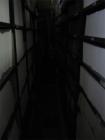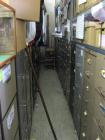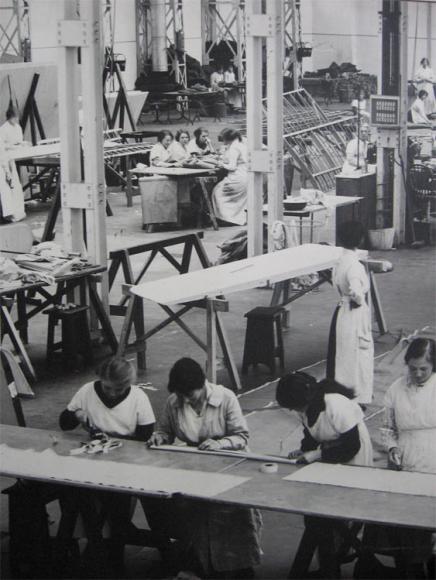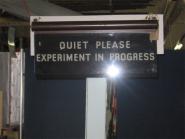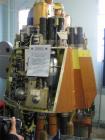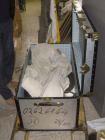joint projects
1st visit
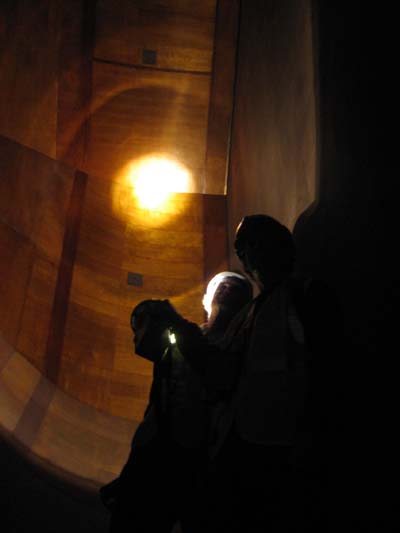
Inside one of the wind tunnels. An enormous cavernous space made to smooth airflow and minimize turbulence through a trumpet-like device with an enormous gauze filter.

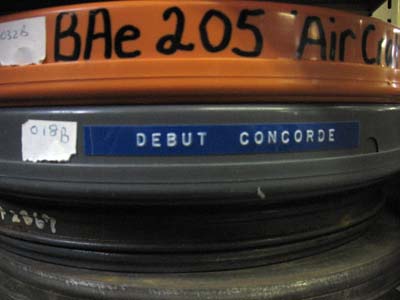
One of the film canisters in the FAST archive, from a vast array of films including in-cockpit footage, wind-tunnel test footage, observation and commemorative film that we will be looking at and using during our residency and exhibition.


Geoff Rowlands, ex-engineer at the RAE guiding us through his 'mirror-map', an early form of analogue flight simulator using, as its name suggests, mirrors and maps with a live video camera feeding to a display.
The mirror map contained real geographical data, flopped or mirrored with imaginary names at angles that didn't make it too obvious where the edge of the real map was, for early flight simulator training. A large model of the landscape, together with a motor driven video camera allowed the pilot to fly over terrain.
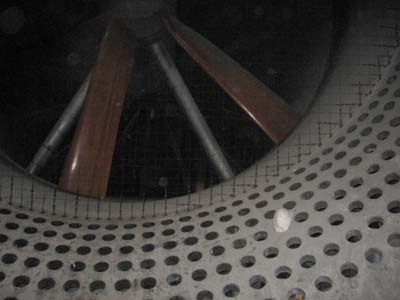
The 24 foot wind tunnel. Note the hard hard, lower right, denoting the scale.
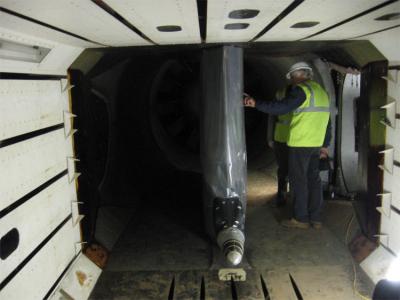
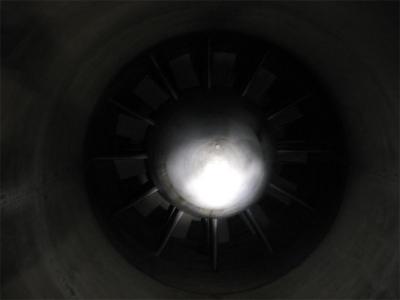
The transonic windtunnel, used for stabilizing aircraft at the threshold of the speed of sound.
A view of the FAST archive's glass slides and accident report files. The glass slides date back to 1904. Accident investigation reports and test failures document the invariable accidents that occured when testing metals in both laboratories and in-flight.
This photo from the FAST archive shows an almost exclusively female workforce doping aircraft wings, a hazardous job, done here with little safely equipment such as masks.
One employees diary describes the free lemonade brought round to combat the effect of chemicals on the liver.
One of the now, rather quaint looking signs to ensure that everyone concentrated on the task in hand, which invariably took the formof the photograph below.
A Polaris missile warhead, recently declassified, seen during the Cold-war as an essential defensive nuclear deterrent on mainland Europe. It's replacement, Trident, is now, controversially, itself being replaced.
One of several pressurized suits for high-altitude flying. Farnborough worked with US coleagues in developing early spacesuits for NASA.
